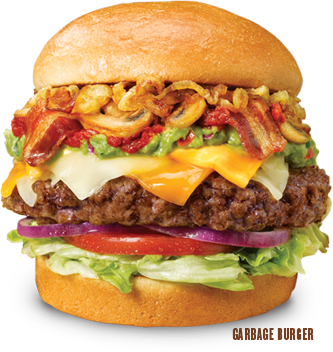When I was with Max & Erma’s 25 years ago, I gave the keynote at the annual Akron Women in Communication Dinner. I began by holding up a vintage Barbie and asking, “How many of you owned a Barbie doll when you were growing up?” Laughter rolled through the banquet room as I continued, “I got one for my birthday in 1959 and ever since I’ve believed that being a success was easy…as long as you had the right cute outfit.”
Of course, the real speech was about more than just Barbie, it was really about how I went from being a high school teacher to becoming SVP for a $60 million company. But in her follow-up note, my host thanked me for my insights on the Barbie School of Management. Clearly, my opening made a big impression on her just like the Barbie movie is making on millions today. But what is it about Barbie? Is it just the cute outfits, or is it that she helps us imagine… just as Billie Jean King once suggested, “You have to see it to be it.”
Part of my speech focused on the 3 C’s: gaining Competence, building Confidence and becoming Comfortable with power. Competence for me meant getting my MBA and then over-preparing for every challenge after that. As for Confidence, I’d had no problem with it as a teacher. I knew I was smarter than my students because I had the Teacher’s Edition. I learned that I’m at my best when I know that I know what I’m talking about, so as an executive, I talk to myself every day to keep my energy up and take care of myself to develop that feeling of confidence and being comfortable in my skin…and a cute outfit never hurts either. We know that when we fly, the flight attendant tells us, “Put on your own oxygen mask first.” The more we take care of ourselves, the more we have to give to others.
Competence and Confidence are great, but sometimes they aren’t enough to help women feel Comfortable in positions of power. The first two boards I was appointed to were all men, so (without a feminine role model) I knew I had to create my own personal power style…authentic to me. There are 5 bases of organizational power: Position power, Expert power, Resource power, Coercive power, and Charisma (that inexplicable something like attractiveness, likeability (or possibly the perfect outfit). The more bases of power, the stronger the effect. Think about some of today’s powerful women: Taylor Swift, Serena Williams, Janet Yellen or Dolly Parton. Each powerful, each unique—they show us there’s no such thing as a comfortable one-size-fits-all personal power style.
My career change was a big one and people are often afraid of change not because they fear the future, but because they’re afraid to let go of the past…it’s risky. But there are two kinds of risk: what if you try and fail and what if you’d be great at something and you never give it a shot? The second implies that sometimes it’s better to let old assumptions go so that your hands are free to embrace the next opportunity.
Malibu wasn’t a dead end for Barbie. There were lots of new opportunities out there… Maybe that’s what Barbie represents…opportunities. No offense to Mattel, but it was Walt Disney who once said, “If you can dream it, you can do it.”
Until next time, I’d love to hear your thoughts.





